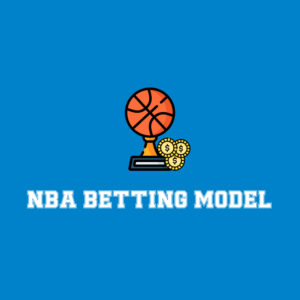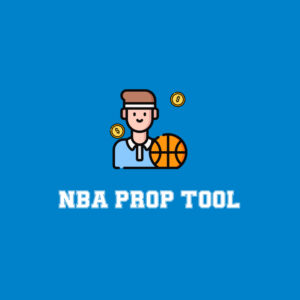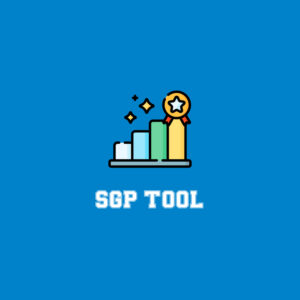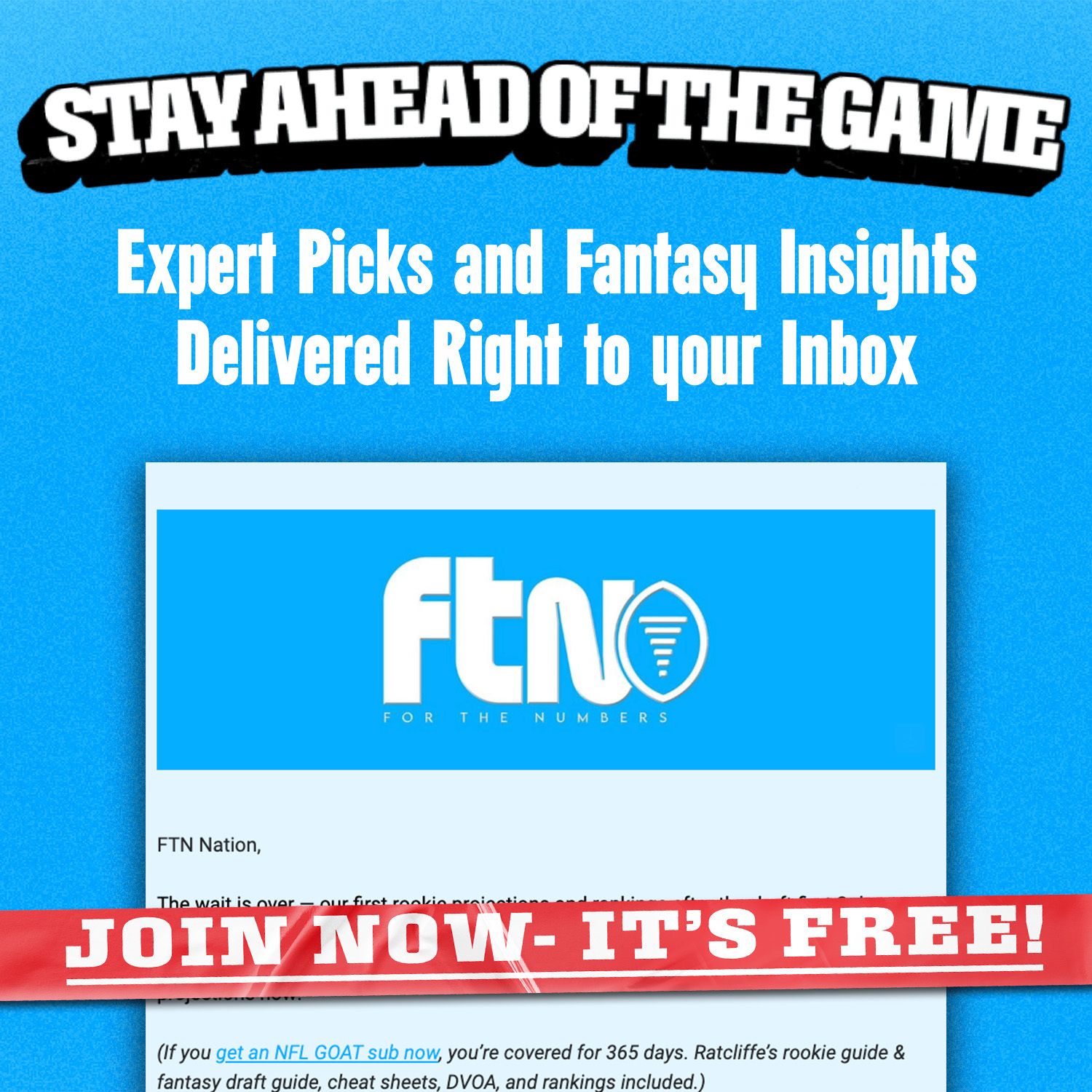
(It’s fantasy baseball draft season! The FTN Fantasy team and a host of helpful guests present our Ultimate 2025 Fantasy Baseball Guide. Check it out and prepare for the 2025 MLB season.)
Over the past four years, I have learned a lot about baseball, fantasy baseball and the community as a whole.
Before working in fantasy sports, I was just a guy obsessed with fantasy baseball who played in a few leagues with friends. The most we ever wagered was a $50 entry fee and bragging rights at the bar at the following year’s draft party: “I took Jacob deGrom first overall, got less than half a season out of him, and still won the league. Suckers!”
Those were the days, and I still enjoy my home league as much (if not more) than any other that I play in, but there came a time when I started looking for more of a challenge.
And then I heard about the National Fantasy Baseball Championship.
Playing fantasy baseball on a new site can feel like a full-fledged shock to the system, which is exactly what taking the cold plunge into NFBC waters was for me. I entered contests on the site expecting to trounce the competition just as I had in my home leagues all these years.
I could not have been more wrong.
The competition is sharper, the roster sizes are larger, and the entry fees are generally higher than on other sites. After all, NFBC is the home of the longest-standing mid-level and high-stakes national contests.
Allow me to help you navigate and make your NFBC rookie experience a more comfortable one.
This will be a breakdown of the most vital elements new NFBC players must soak in before diving into what is undoubtedly the best platform to play fantasy baseball. I’ll also share some helpful takeaways I’ve adopted as my passion and competitive spirit for NFBC’s various formats has continued rising.
NFBC Lessons Learned
Nuances of the NFBC
Before diving into the nuances, here is a quick comparison of the default roster settings for Yahoo! and NFBC. Note that NFBC’s bread and butter is standard 5×5 roto scoring and that each one of their roto contests has the same configuration of a 23-player starting lineup.

One of the big differences is that NFBC doesn’t differentiate between SP and RP spots — you just have to start nine pitchers. On most platforms, there are designated SP, RP and P spots that dictate which players can be put into your starting lineup, but on NFBC, you have the freedom to try out different strategies. Most people will either go with a 7/2 SP/RP) split or 6/3, but depending on the time of year, your priorities may change, and you have the flexibility to play around with your lineup.
For example, you may be in desperate need of strikeouts by midseason and opt to start eight or nine starters in a given week and forego your relievers. Or perhaps you are really in need of saves down the stretch. In that case, you could opt to start four, or maybe even five, relievers to try and optimize your chance for a save.
Paying Attention to Catchers
Having to draft two catchers in NFBC is relatable to superflex fantasy football leagues where we must start two quarterbacks each week. In superflex leagues, QBs are then more valuable and the entire position becomes a stronger priority than in 1-QB leagues.
This obviously isn’t quite as dramatic with NFBC catchers, but they are inevitably a more scarce commodity, especially in 15-team leagues. If you are playing in any one catcher format, it is almost always better to wait until the later rounds to select your starting backstop.
In a shallower pool of starters (i.e. 12-team, 1-C league), punting would land a decent backstop like Tyler Stephenson or Francisco Alvarez (ADPs around 150 overall). In a 15-team, 2-C league like in NFBC, Stephenson or Alvarez might be your C1 in Round 10 or 11 if you’ve passed on the top tier options. While you can still employ a punt strategy on NFBC, it does become a lot trickier to do so when 24-30 catchers need to be started as opposed to 12-15.
If you wait too long in 2-C, you risk missing out on all of the truly viable starting options, which could put you in a position of needing to stream a catcher or two with regularity. There are many smart players who will even take two early catchers, giving them a leg up on the position and potentially securing them about 550 PA from their catchers as opposed to the approximately 350 you would get from the late-round targets.
Lesson Learned
Don’t plan extreme strategies (drafting two early catchers or fully punting). Be nimble and ready to jump on your catcher targets as the draft plays out.
I usually take one catcher in the C8-12 range and one “punt” the second one in the late rounds. The player pool and draft pockets are different every year and it’s important to stay flexible and open to different options
Pitching at a Premium
Another big difference is that pitching tends to be pushed up on NFBC. This is the case with both starters and relievers, but it’s particularly noticeable with SPs, and it also changes depending on what period of the preseason you are drafting between October and March.
Most NFBC drafts taking place in the early months of the offseason (October-January) are non-FAAB leagues (more on FAAB down below), which means your entire season-long roster will be who you are rolling with for the season.
Managers can’t afford the risk of not securing themselves at least one elite source of saves, since they won’t have the ability to make adds in-season, so closers tend to get very expensive. In drafts taking place right now, most of the top-tier targets are gone by the end of the third round (15-team formats). They tend to move down a round or so in FAAB leagues, but you will still likely pay a higher price for closers on NFBC than you would on other platforms.

On most sites, the elite starting pitchers will come off the board in the fourth round and beyond. On NFBC, some of the elite, top-tier starters will go in the first round, and sometimes at the top of the first (like Spencer Strider did in high-stakes contests last March). The time of year also has an impact here, but for slightly different reasons. Starting pitchers are typically scooped up about one round earlier as we get into February and March drafts. One of the reasons for this is pitchers get injured throughout the offseason, the player pool is weakened and securing one of the elite SPs becomes even more important, and more of a challenge. Another reason for the push is that since those arms have gotten through the offseason intact, they are perceived as being safer than in October/November drafts.
You might be someone who generally doesn’t like to take any pitchers early — we’re talking to you, Uncle Ted! Non-NFBC folks tend to avoid pitchers altogether for the first several rounds, but it’s almost a necessity for NFBC players to invest in their SP1 in the first 50-60 picks, and ideally to have two legitimate ace options within the first 100 picks or so. You run the risk of really getting left behind, having to make up for lost ground at a point in the draft where the scarcity of the position will take a toll on your roster and results.
Lessons Learned
Don’t get cute by trying to punt pitchers in NFBC. You might hit on a few profitable late-round pitchers, but others will hit on them as well, in addition to anchor aces they drafted in the early rounds. Secure a foundational stud SP to secure a strong ratio (ERA/WHIP) foundation. Don’t punt closers unless you can see the future.
Paying for Upside
The last major difference to highlight in terms of roster build is how upside is prioritized. Players that are perceived to be very close to making a jump to stardom are akin to Willy Wonka’s chocolate river for Augustus Gloop when it comes to NFBC players. Last season, the main early-round risk/reward attraction was Elly De La Cruz.
An extremely skilled young player with tremendous potential, Elly was still a massive risk as a second-round pick. Now, he ended up paying off and provided first-round value, but the volatility in a pick like that is massive. It’s also not something that you see quite as often on other platforms because of the lack of “Overall” contests.
For the uninitiated, an overall contest is a larger league comprising a number of smaller leagues within the same contest with an enticing six-figure payday to the overall winner. Many NFBC players are shooting for that overall prize and want to have that explosive player with massive potential payoff for them.
Now, for those of you who will be playing NFBC for the first time, the strategy should be slightly different. The reality is that the NFBC is a huge learning curve that takes a couple of years to really get the hang of, and competing for those overall prizes will be very challenging initially. It would likely be beneficial to start out by playing in some smaller contests where there either isn’t an overall contest, or where that overall component is limited (more on ideal contests to enter in a bit).
Lessons Learned
As you learn the landscape and enter into your contests, the best course of action is making safe(r) picks and doing what you can to compete in that individual league. Upside is nice, but it isn’t essential in the early rounds. It adds an element of volatility to your roster that can be that much more detrimental in a deeper league than most Yahoo/CBS/ESPN players are used to.
Safety and predictability is what you should generally strive for, and while that may sound obvious and boring, you just need to hop into a single draft room to see some of the crazy things that happen.
The Nature of Free Agent Bidding
One of the signature aspects of the NFBC is FAAB, which stands for Free Agent Acquisition Budget (or Bidding). Fantasy managers start with a $1,000 budget and those funds are used to acquire players through a blind bidding waiver wire system, with claims being finalized each Sunday evening. This concept may sound foreign to some, as a standard waiver priority system (or just a total free for all) are more common in most leagues.
Getting the hang of FAAB is an essential aspect to making that NFBC jump, and it does take some getting used to. Figuring out who to bid on, and for how much, isn’t something that can be figured out by a formula or simple equation.
Your free agent budget is precious and shouldn’t be wasted. Every dollar should be accounted for and ideally, you are left with $0 come season’s end. However, there are a few different ways to get there and it’s important to not blow it all at the start of the season.
There are two sides to that coin. Typically there are a few game changer FAAB pickups in the early going that can alter the course your season (Just ask those who added Garrett Crochet or Luis Gil in last season’s first FAAB run) but ultimately, spending hundreds of dollars in the early going is a good way to end up with no money by mid-summer, and that’s where you end up starting injured or non-productive players.
Here is a good way to look at it: You have $1,000 to spend over the course of 27 weeks. That comes out to roughly $37/week. I have found that using this as a basic guide is a good way to make sure you nab useful reinforcements each week without breaking the bank. Spend up for a couple of big pickups throughout the year, but do it with a plan.
There is no better way to get yourself up to speed on everything FAAB related than by reading Vlad Sedler’s weekly (in-season) Trust the Gut here at FTN. He will walk you through all of the basics of optimizing your targets, bid ranges, and everything in between as you get your feet wet. Speaking from experience, I would have been lost in the world of FAAB without “trusting the gut” on a number of occasions.
Lessons Learned
Remember that the fantasy baseball season is a 27-week grueling experience. It’s easy to be swept away by tantalizing free agent pickups on a week-to-week basis, but it’s important to remember the most overused adage in fantasy: it’s a marathon, not a sprint.
NFBC Contest Selection
Now that we’ve covered the basics of what goes into constructing and managing a roster, let’s talk about which contests you should be targeting as an NFBC novice, as there are a variety to choose from at various price points
As I alluded to above, you are unlikely to be a superstar in your first season or two in the NFBC. There is a learning curve, and for the majority of us, it’s better if that learning curve doesn’t set you back too far in the wallet. The minimum price point is $50, and that is what I would recommend tackling initially. At this level, the best options are the Gladiator and NFBC 50 Contests.
The Gladiator is a 23-round, 15-team draft that is essentially a roto-style best ball with no bench. You draft your starting lineup, and that’s it. No in-season moves or transactions of any kind, so it comes down to a battle of attrition. They are incredibly fun, but signups are closing very soon, so get in now if you want to try the format in 2025. Here is Vlad’s Gladiator Strategy Guide.
The NFBC 50 is my personal favorite gateway onto the platform. Those are 50-round, 12-team draft-and-hold teams where 600 total players are selected overall. These allow you to learn the depths of the player pool at a very low price point, and also make for great prep for more serious drafts as you get more and more familiarized with the NFBC.
Now, the problem with those two formats is that neither one uses FAAB. If you truly want the full NFBC experience that FAAB bidding offers, a great place to hone your skill is in the standalone leagues. They are offered in 12- and 15-team formats and the entry fees range from $125 to $500.
While it is a slight step up in price, the standalone leagues are not involved in those overall contests that we talked about earlier. This means that all of the entry fees are kept in your league as opposed to paying out overall prizes, meaning you have a higher projected ROI. The standalone rooms also aren’t as popular as some of the other contests on the site, meaning that the more experienced players (the sharks, if you will) likely aren’t going to be in those leagues.
Lessons Learned
If you can get the hang of things without breaking the bank or getting disheartened as you learn the NFBC ropes, then the experience should be considered a great success overall.
I’ve been a Yahoo guy through and through for my formative fantasy baseball years. Over the last few seasons, the NFBC has become the primary place where I go to get my fantasy fix, and I can’t recommend the platform enough for those who haven’t tried it yet.
Hopefully, my experiences and lessons learned are useful tips, and I hope to see everyone in a draft room over the coming months. Happy drafting, and best of luck in 2025.





























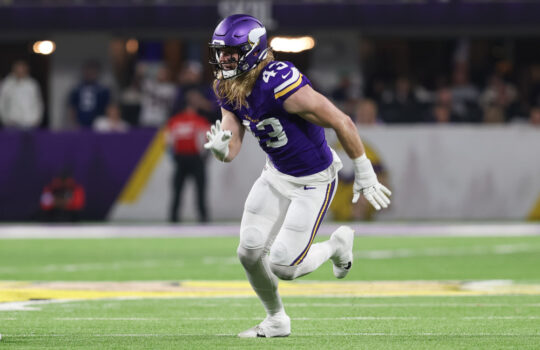



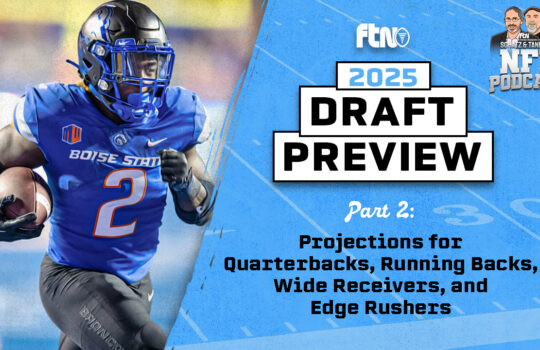

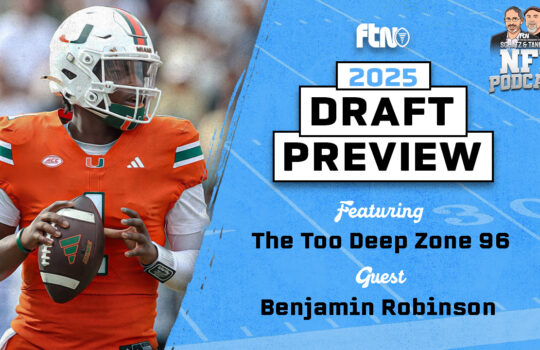









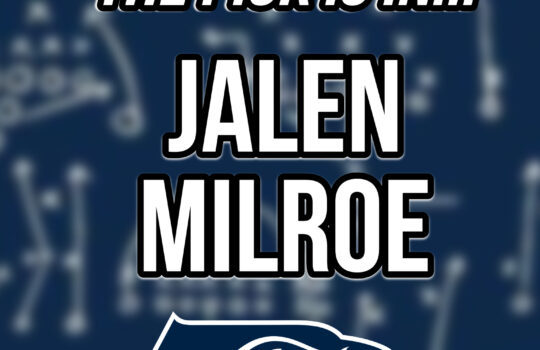

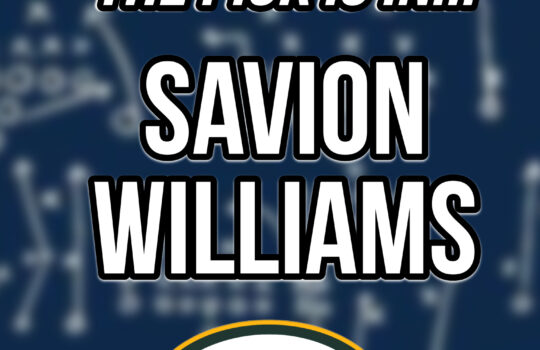
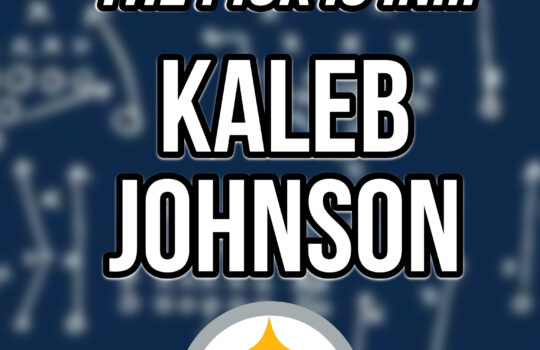

 New York Jets
New York Jets  New England Patriots
New England Patriots  Miami Dolphins
Miami Dolphins  Buffalo Bills
Buffalo Bills  Pittsburgh Steelers
Pittsburgh Steelers  Cleveland Browns
Cleveland Browns  Cincinnati Bengals
Cincinnati Bengals  Baltimore Ravens
Baltimore Ravens  Tennessee Titans
Tennessee Titans  Jacksonville Jaguars
Jacksonville Jaguars  Indianapolis Colts
Indianapolis Colts  Houston Texans
Houston Texans  Las Vegas Raiders
Las Vegas Raiders  Los Angeles Chargers
Los Angeles Chargers  Kansas City Chiefs
Kansas City Chiefs  Denver Broncos
Denver Broncos  Washington Commanders
Washington Commanders  Philadelphia Eagles
Philadelphia Eagles  New York Giants
New York Giants  Dallas Cowboys
Dallas Cowboys  Minnesota Vikings
Minnesota Vikings  Green Bay Packers
Green Bay Packers  Detroit Lions
Detroit Lions  Chicago Bears
Chicago Bears  Tampa Bay Buccaneers
Tampa Bay Buccaneers  New Orleans Saints
New Orleans Saints  Carolina Panthers
Carolina Panthers  Atlanta Falcons
Atlanta Falcons  San Francisco 49ers
San Francisco 49ers  Seattle Seahawks
Seattle Seahawks  Los Angeles Rams
Los Angeles Rams  Arizona Cardinals
Arizona Cardinals 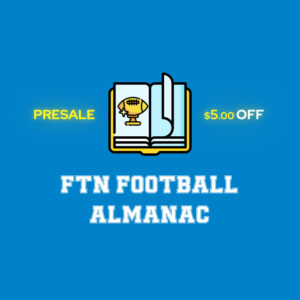
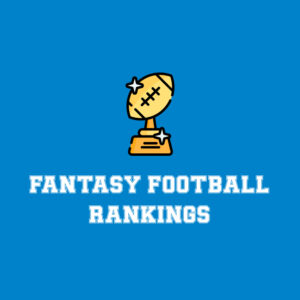
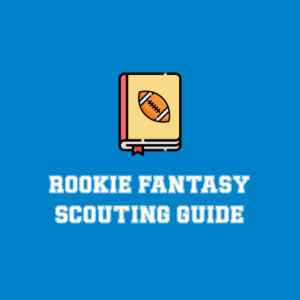
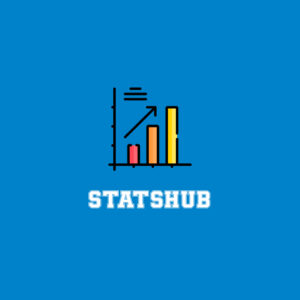

 Boston Celtics
Boston Celtics  Brooklyn Nets
Brooklyn Nets  Philadelphia 76ers
Philadelphia 76ers  New York Knicks
New York Knicks  Toronto Raptors
Toronto Raptors  Chicago Bulls
Chicago Bulls  Detroit Pistons
Detroit Pistons  Milwaukee Bucks
Milwaukee Bucks  Cleveland Cavaliers
Cleveland Cavaliers  Indiana Pacers
Indiana Pacers  Orlando Magic
Orlando Magic  Atlanta Hawks
Atlanta Hawks  Charlotte Hornets
Charlotte Hornets  Miami Heat
Miami Heat  Washington Wizards
Washington Wizards  Denver Nuggets
Denver Nuggets  Minnesota Timberwolves
Minnesota Timberwolves  Oklahoma City Thunder
Oklahoma City Thunder  Portland Trail Blazers
Portland Trail Blazers  Utah Jazz
Utah Jazz  LA Clippers
LA Clippers  Golden State Warriors
Golden State Warriors  Los Angeles Lakers
Los Angeles Lakers  Phoenix Suns
Phoenix Suns  Sacramento Kings
Sacramento Kings  Dallas Mavericks
Dallas Mavericks  Houston Rockets
Houston Rockets  Memphis Grizzlies
Memphis Grizzlies  New Orleans Pelicans
New Orleans Pelicans  San Antonio Spurs
San Antonio Spurs 
